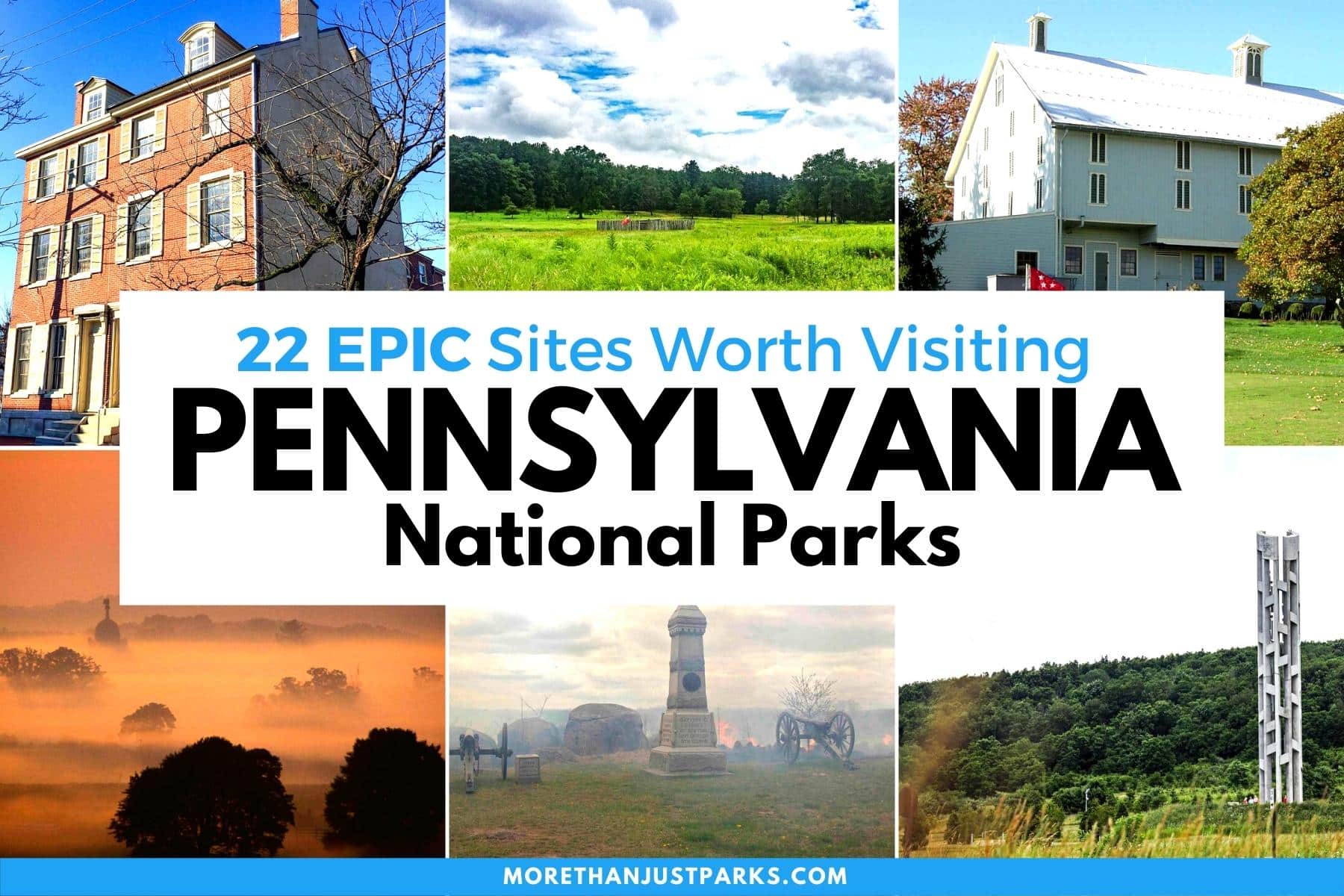
Article Summary: Pennsylvania National Parks
Pennsylvania National Parks! We’ve got twenty-two incredible national park sites for you to see on your next visit to the Keystone State.
It’s the home of Independence Hall, the Liberty Bell and so much more.
I grew up in Pennsylvania and have many fond memories at these national park sites.
I’ve been to so many of these amazing places since retiring from teaching in 2018. Did I mention that I taught history? I spent a lifetime teaching about the history behind these momentous sites. Then I got to see them firsthand. And now I’m sharing the stories of these incredible places with you. It doesn’t get any better than that!
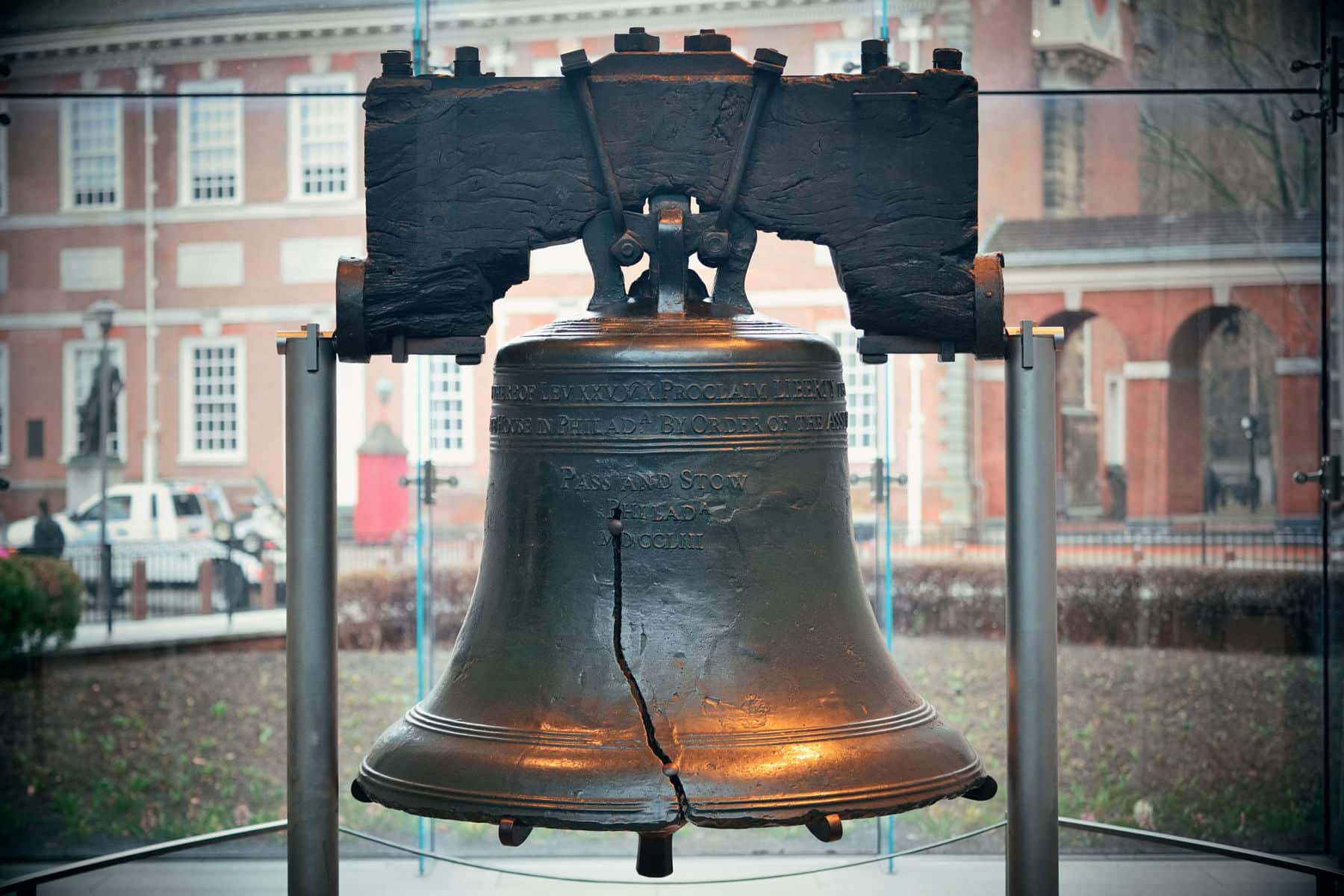
So, What Is A National Park?
We get asked that question a lot because there’s a difference between a “national park” and a “national park site.” To help you understand that difference you might want to check out our article titled: What Is A National Park Really?
If you’re planning a trip to the Keystone State then one book that I highly recommend is: Historic Pennsylvania: A Tour of the State’s Top 100 National Landmarks by Mindy Crawford.
We’re going to give you 22 wonderful reasons why you’ll want to make Pennsylvania your next vacation destination.
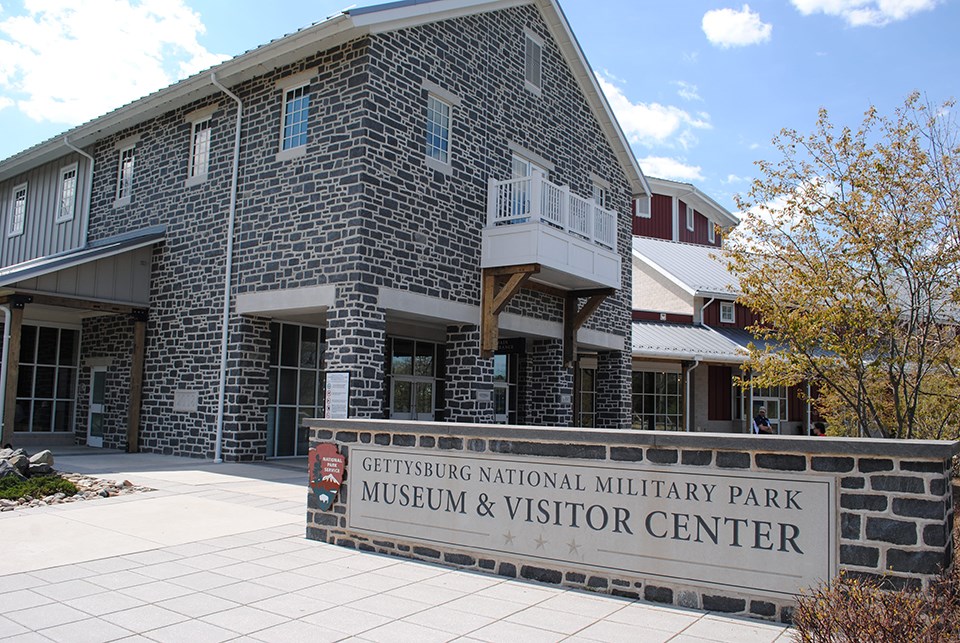
Table Of Contents: Pennsylvania National Parks
Pennsylvania National Parks
Pennsylvania National Parks
1. Allegheny Portage Railroad National Historic Site
I retired as a full-time history teacher so that I could join my two sons on an incredible adventure bringing America’s national treasures to life.
Since history remains my passion I relish the opportunity to bring some amazing historical places to life through the articles which I am privileged to research and write.
One such place is the Allegheny Portage Railroad. It was the finishing piece of the Pennsylvania Main Line Canal.
The Allegheny Portage Railroad National Historic Site preserves and interprets an important transportation route from the early 19th century.
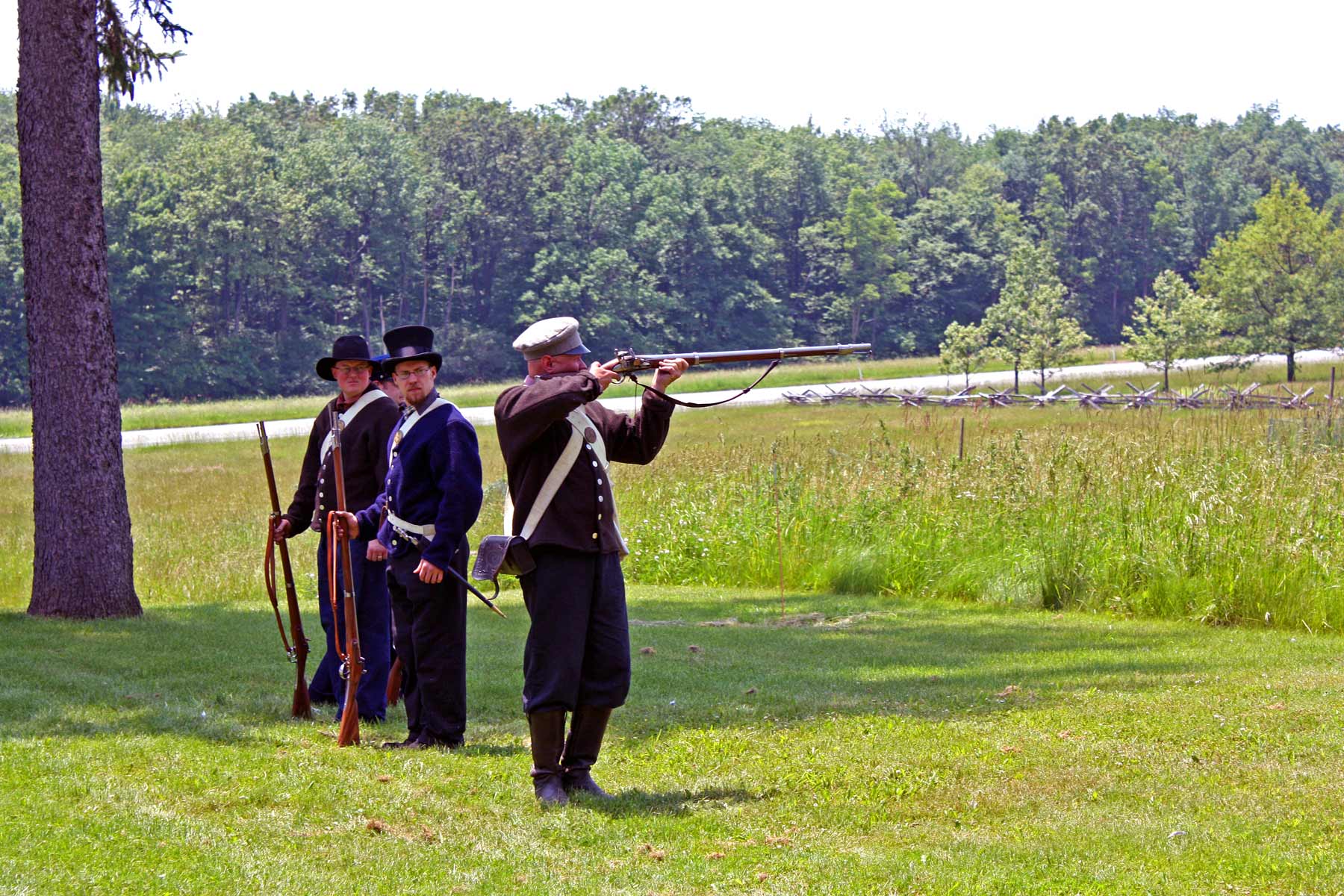
Things To Do At The Portage
Here are some of the things to do at the site:
- Tour the Engine House: Visitors can tour the Engine House, which once housed locomotives used to pull trains over the Allegheny Mountains.
- Explore the Visitors Center: The Visitors Center provides exhibits and interactive displays that explore the history and significance of the Allegheny Portage Railroad, including its role in the transportation and economic development of the region.
- Walk the historic railroad grades: Visitors can walk the historic railroad grades and learn about the engineering and construction of this important transportation route.
- Take a ranger-led hike: The park offers ranger-led hikes along the historic railroad grades, providing a unique opportunity to learn about the site’s history and significance.
- Visit the Staple Bend Tunnel: Visitors can visit the Staple Bend Tunnel, which was the first railroad tunnel built in the United States, and learn about its construction and importance in the transportation of goods and people.Enjoy the scenic views: The Allegheny Portage Railroad National Historic Site offers scenic views of the surrounding countryside and the Allegheny Mountains, making it a popular destination for outdoor enthusiasts.
Visitors to the site can learn about the history of transportation in the early 19th century, including the challenges of building a transportation route over the Allegheny Mountains, and gain a greater appreciation for the technological innovations of the era.
2. Appalachian National Scenic Trail
The Appalachian National Scenic Trail, commonly known as the Appalachian Trail, is a hiking trail that runs from Springer Mountain in Georgia to Mount Katahdin in Maine, covering a distance of approximately 2,190 miles.
The trail was established in 1968 and is one of the most well-known long-distance hiking trails in the world.
The history of the Appalachian Trail dates back to 1921, when regional planner Benton MacKaye first proposed the idea of a long-distance trail along the Appalachian Mountains. Over the next few decades, various organizations and individuals worked to build and maintain the trail, with the first official through-hike of the entire trail being completed in 1948 by Earl Shaffer.
In 1968, the Appalachian National Scenic Trail was officially established as part of the National Trails System Act, and it was designated as a National Scenic Trail, the first of its kind in the United States. The trail is now maintained by the National Park Service and the Appalachian Trail Conservancy, a nonprofit organization dedicated to the preservation and protection of the trail.
Today, the Appalachian Trail is one of the most popular long-distance hiking trails in the world, attracting thousands of hikers each year who attempt to hike the entire trail, known as a “through-hike.”
The trail passes through 14 states and provides a unique opportunity to explore the beauty and diversity of the Appalachian Mountains and the East Coast of the United States.
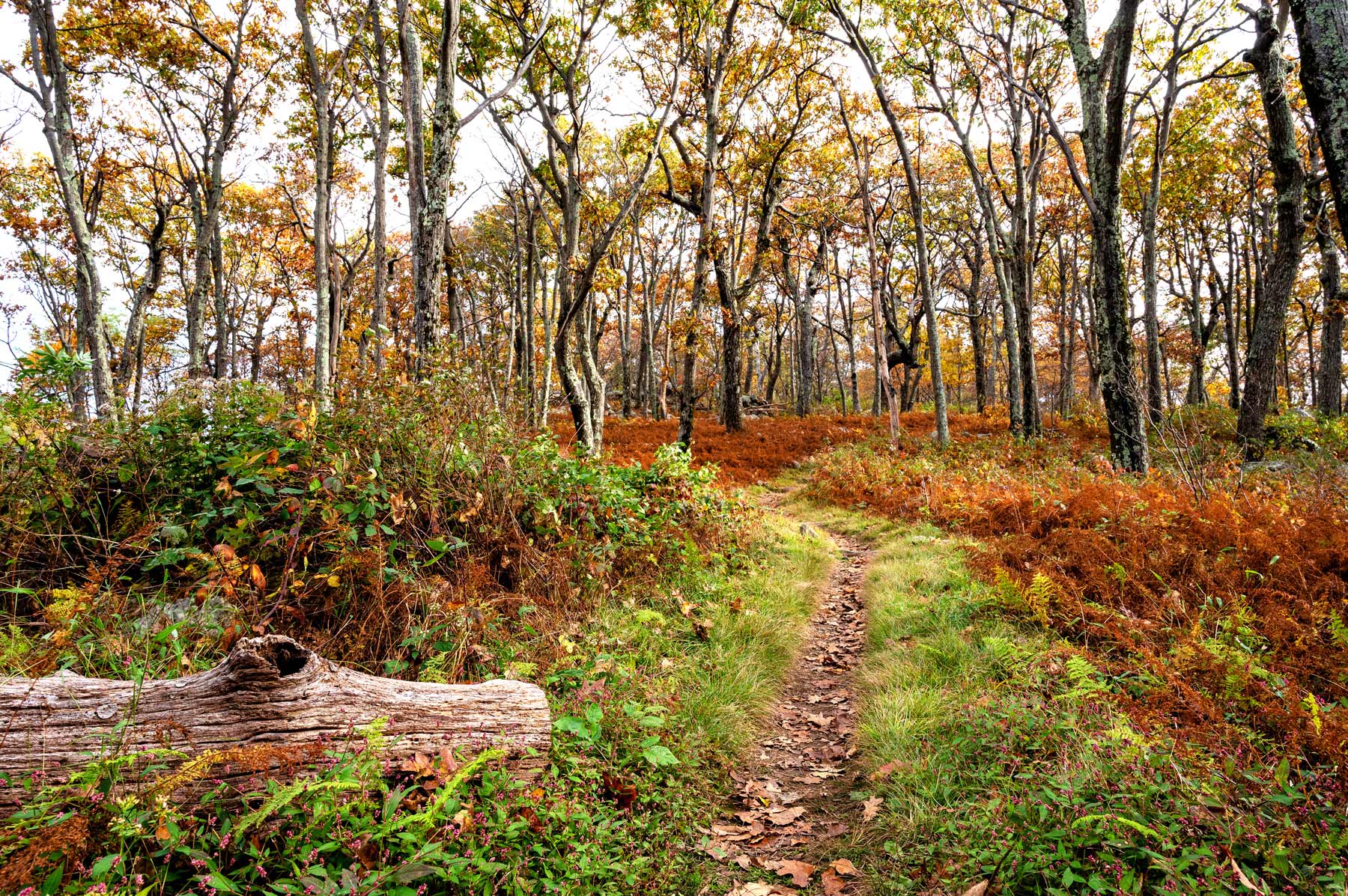
3. Captain John Smith Chesapeake National Historic Trail
Captain John Smith was an English explorer who played an pivotal role in America’s founding. Smith served on the governing council of Jamestown, Virginia He led two voyages on the Chesapeake Bay.
Smith’s contact with native tribes and his Chesapeake Bay voyages, documented in maps and journals, helped early English colonists learn about the region that became their new home.
Things To Do On The John Smith Chesapeake National Historical Trail
The trail commemorates Captain Smith’s exploration of the Bay in 1607 through 1609, and is the nation’s first all-water national historic trail. It stretches over 3,000 miles and traverses most of the Chesapeake’s great rivers.
Trails I would recommend exploring include the following:
- The Billy Goat Trail-It’s a popular trail near Potomac, Maryland. This is a protected area designed to preserve the remains of the Chesapeake and Ohio Canals with the original structures still intact. The trail offers spectacular views of the Potomac River.
- Scott’s Run River Trail-It’s a wonderful area for nature trips, walking, and running. It features a beautiful waterfall. This is a beautifully wooded trail with a mix of inclines, flat areas, and areas with loose rocks.
- The Chesapeake and Ohio Canal Trail-It’s a popular trail that leads up to an overlook of the Great Falls. You will have wonderful views of the water and rock formations.
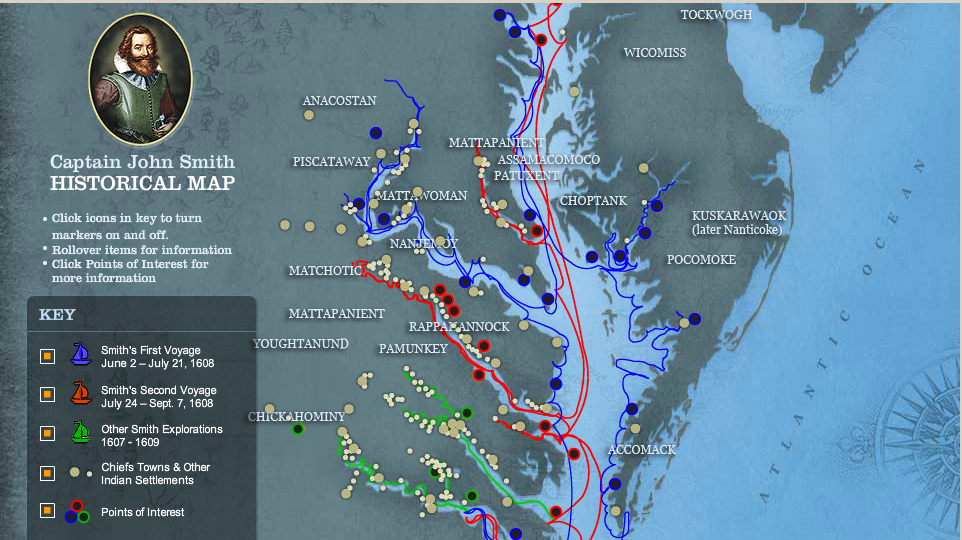
4. Chesapeake Bay Watershed
Among the Pennsylvania National Parks one of the most intriguing is the Chesapeake Bay Watershed.
The Chesapeake Bay Watershed is the area of land that drains into the Chesapeake Bay, a large estuary located on the East Coast of the United States. The watershed covers 64,000 square miles and includes parts of six states: Maryland, Virginia, West Virginia, Pennsylvania, Delaware, and New York.
The Chesapeake Bay is one of the largest and most productive estuaries in the world, providing vital habitat for a wide variety of plants and animals, including hundreds of species of fish, birds, and other wildlife. The bay also supports a large and diverse human population, including major cities, farming communities, and rural areas.

5. Delaware Water Gap National Recreation Area
If you’re looking to get away from it all then Delaware Water Gap National Recreation Area may be an ideal Pennsylvania National Park for you to visit.
Outdoor adventures include biking, fishing, and hiking. There are indoor adventures, too, which include fine dining, shopping and the oldest jazz club in the country.

This National Recreation Area offers the public over 150 miles of hiking trails of every ability level to give you options to get out in the woods for a little while.
Or, if you prefer the water, then check out the many canoe and kayak rentals which are offered there.
There’s also camping, fishing and even hunting.
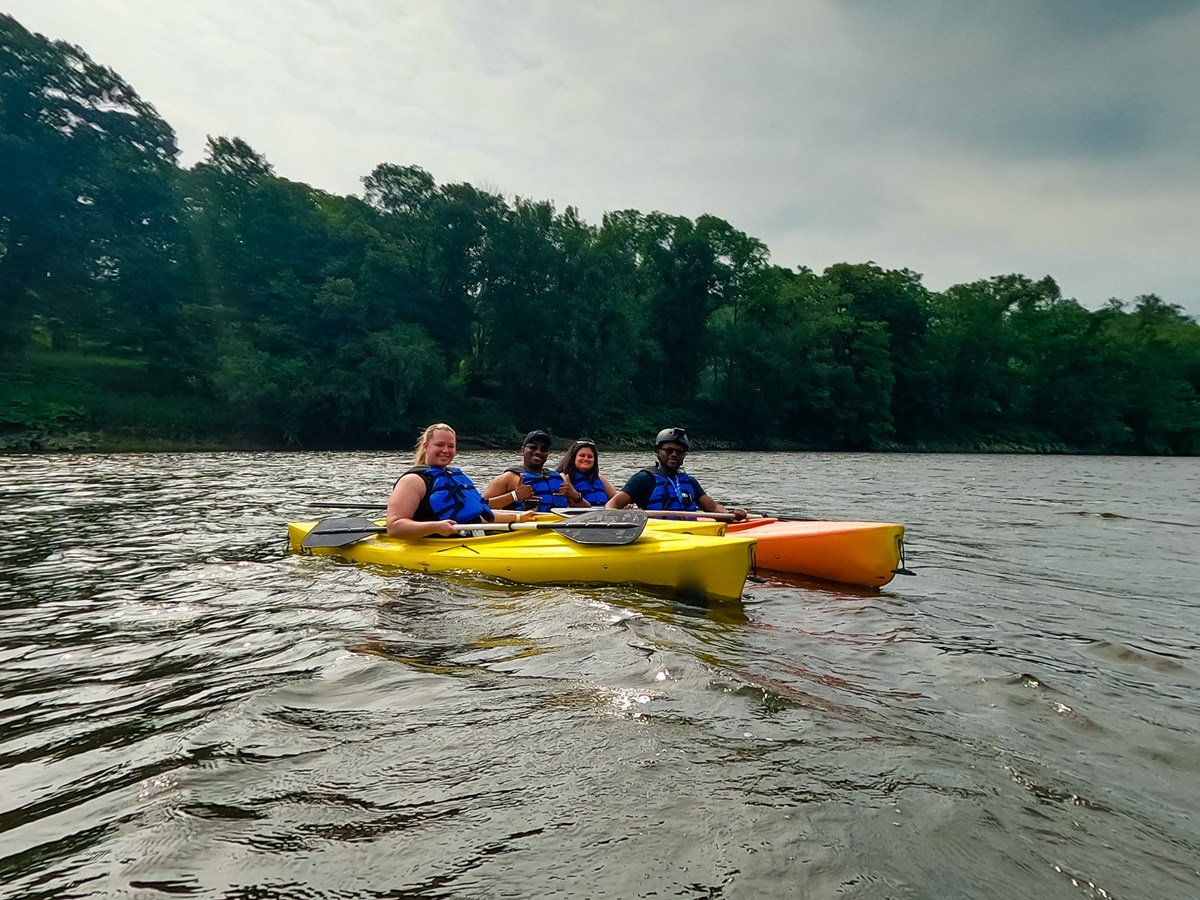
More Pennsylvania National Parks
6. Edgar Allen Poe National Historic Site
Located about a mile from Independence Hall and the Liberty Bell Center, the Edgar Allen Poe National Historic Site celebrates the life and legacy of one of America’s most gifted authors.
Edgar Allan Poe’s legacy is one of the most famous writers and literary critics the world has ever seen.
He penned eternal classics like The Pit and the Pendulum, The Raven, and The Telltale Heart. And he is credited as the “architect of the modern short story.”
Visitors can tour his home which includes images and exhibits that give you a sense of who he was and how he transformed the literary world.
If you’re interested in learning more about the life of this literary genius then I recommend: Edgar Allan Poe: His Life and Legacy by Jeffrey Myers.
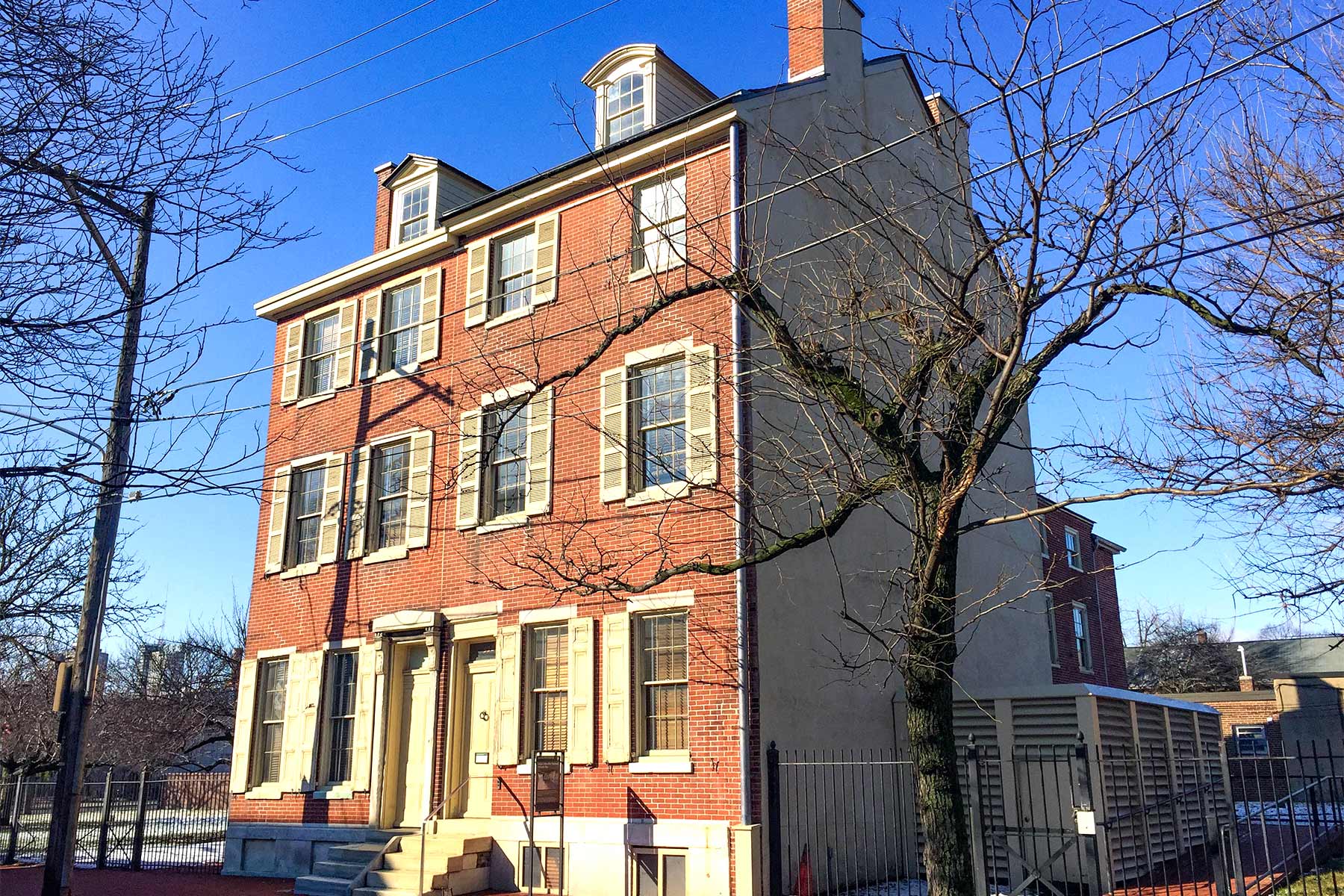
Once upon a midnight dreary, while I pondered, weak and weary,
-Excerpt from The Raven by Edgar Allen Poe
Over many a quaint and curious volume of forgotten lore—
While I nodded, nearly napping, suddenly there came a tapping,
As of some one gently rapping, rapping at my chamber door.
“’Tis some visitor,” I muttered, “tapping at my chamber door—
Only this and nothing more.”
7. Eisenhower National Historic Site
The Eisenhower National Historic Site is a historic house and museum located in Gettysburg, Pennsylvania.
It was the home of President Dwight D. Eisenhower and First Lady Mamie Eisenhower during their retirement years, and is now preserved as a museum by the National Park Service.
The site features the Eisenhower home, a museum, a visitors center, and the Eisenhower Farm, which includes a barn, greenhouse, and farm fields.
Visitors to the site can learn about Eisenhower’s presidency and his life as a retired general, and also tour the home and its grounds to get a sense of his personal life.

His Stock Has Been Rising
According to the Miller Center, a poll of prominent historians in 1962 placed Eisenhower 22nd among Presidents, a barely average chief executive who was as successful as Chester A. Arthur and a notch better than Andrew Johnson.
Two decades later, his ranking had moved up to 11th, and by 1994, he placed 8th, the same position he held in a C-SPAN poll of presidential historians in 2009. Among Presidents who held office in the last 75 years, he ranked behind only Franklin D. Roosevelt and Harry S. Truman.
Eisenhower, in short, achieved both important successes, but he sometimes fell short of his most cherished objectives. He left office a popular President, and his stature has grown with the passage of time.
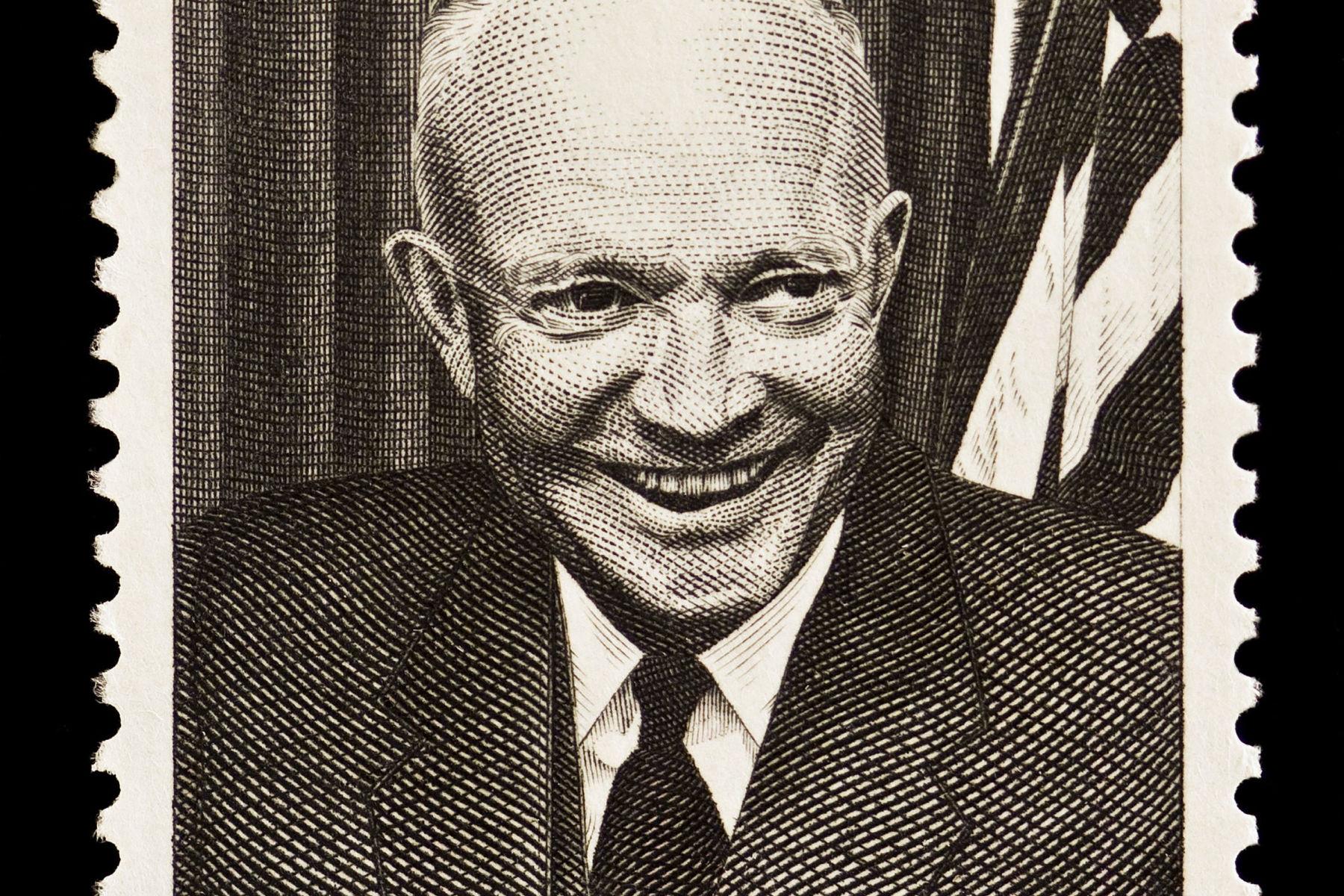
Things To Do At The Eisenhower National Historic Site
Visitors to the Eisenhower National Historic Site can participate in a number of activities, including:
- Guided tours: Take a guided tour of the Eisenhower home, including the living room, dining room, and bedroom.
- Museum exhibit: Explore the museum exhibit, which features artifacts and memorabilia from Eisenhower’s life and presidency.
- Farm tour: Take a tour of the Eisenhower Farm, including the greenhouse, barn, and farm fields.
- Movie theater: Watch a film about Eisenhower’s life and legacy at the visitors center movie theater.
- Nature walks: Take a nature walk along the trails on the site’s grounds and enjoy the scenic views of the surrounding countryside.
- Visitor center: Stop by the visitors center for information about the site, including its history and exhibits.
- Gift shop: Visit the gift shop to purchase souvenirs, books, and other items related to Eisenhower and his presidency.
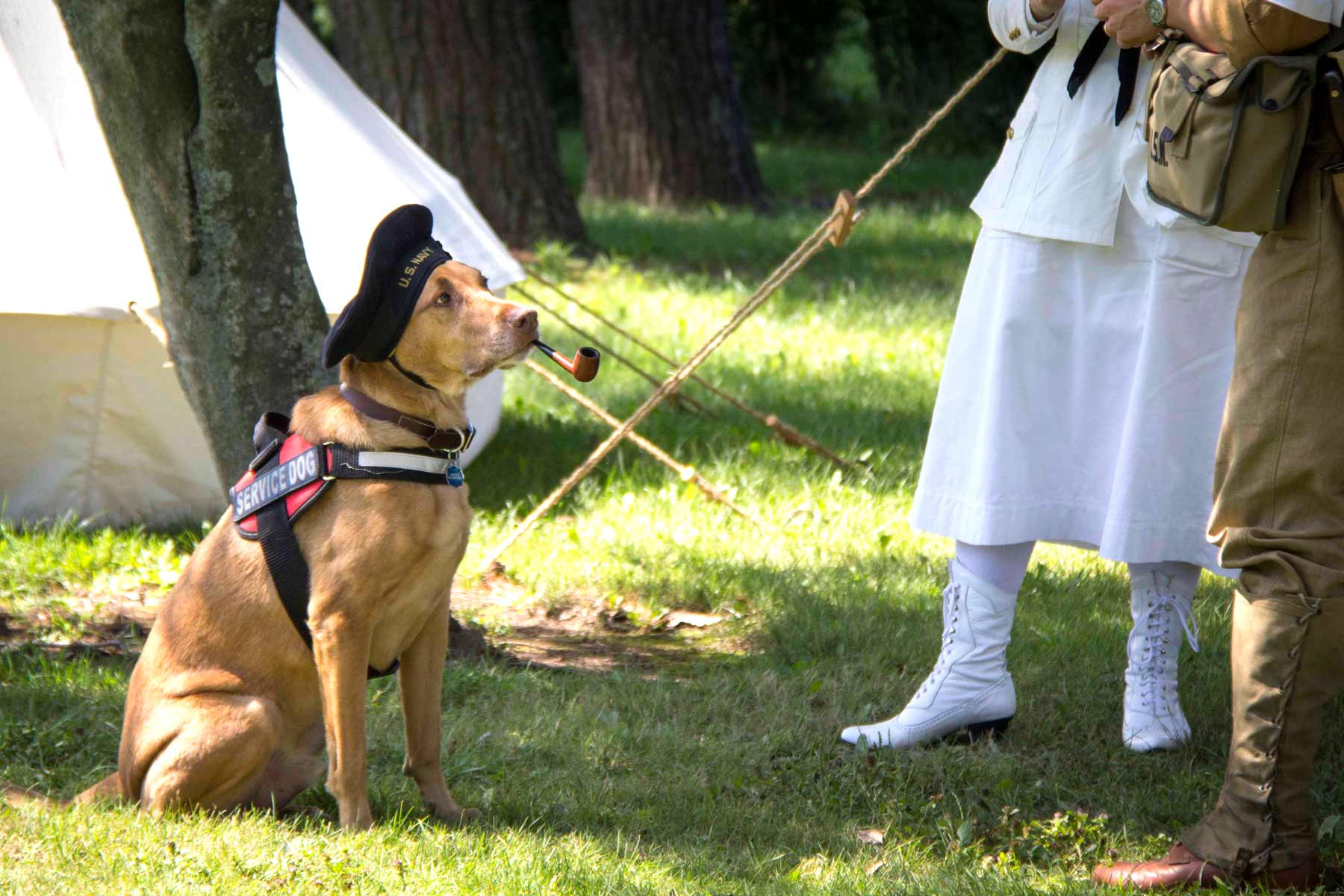
8. Flight 93 National Memorial
The Flight 93 National Memorial is a memorial to the passengers and crew of United Airlines Flight 93, which was hijacked as part of the September 11, 2001, terrorist attacks.
The flight was en route from Newark, New Jersey, to San Francisco, California, when it was taken over by terrorists. The passengers and crew, realizing the plane’s intended target, attempted to retake control of the plane and prevent it from being used as a weapon.
The plane crashed in a rural field near Shanksville, Pennsylvania, killing all aboard.
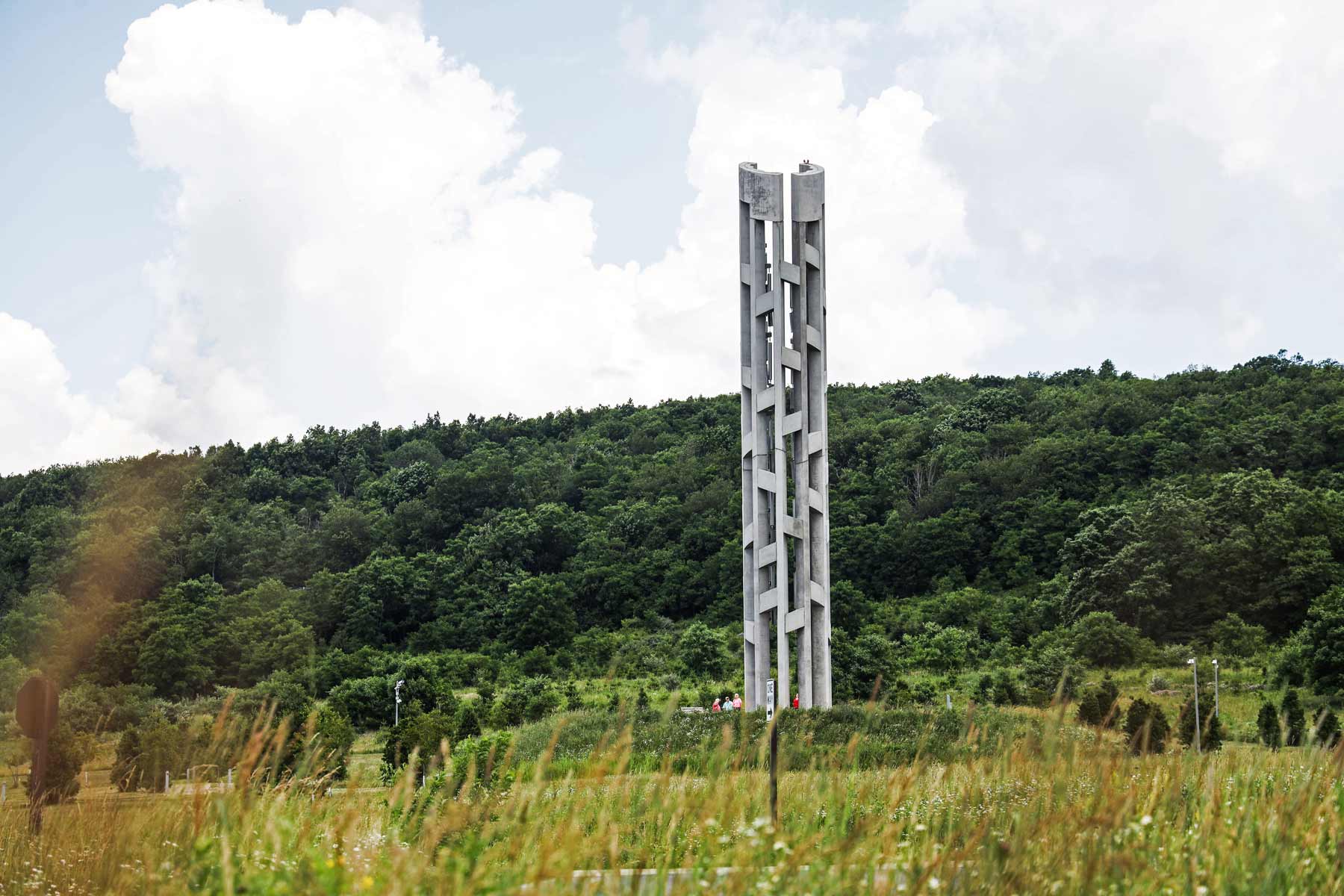
Established To Honor The Memory Of Those Who Died On The Flight
The Flight 93 National Memorial was established in 2002 to honor the memory of those who died on the flight. The memorial features a landscaped park with a walkway and 40 memorial groves, each representing one of the 40 passengers and crew members who died.
The park also includes a Memorial Plaza with a large wall inscribed with the passengers’ and crew’s names, and a Memorial Tower with a view of the crash site.
In 2011, a visitor center was added to the site, providing information about the history of the flight and the events of September 11th.
The Flight 93 National Memorial continues to be a place of reflection and remembrance for those who lost loved ones on the flight and for all those affected by the 9/11 attacks.
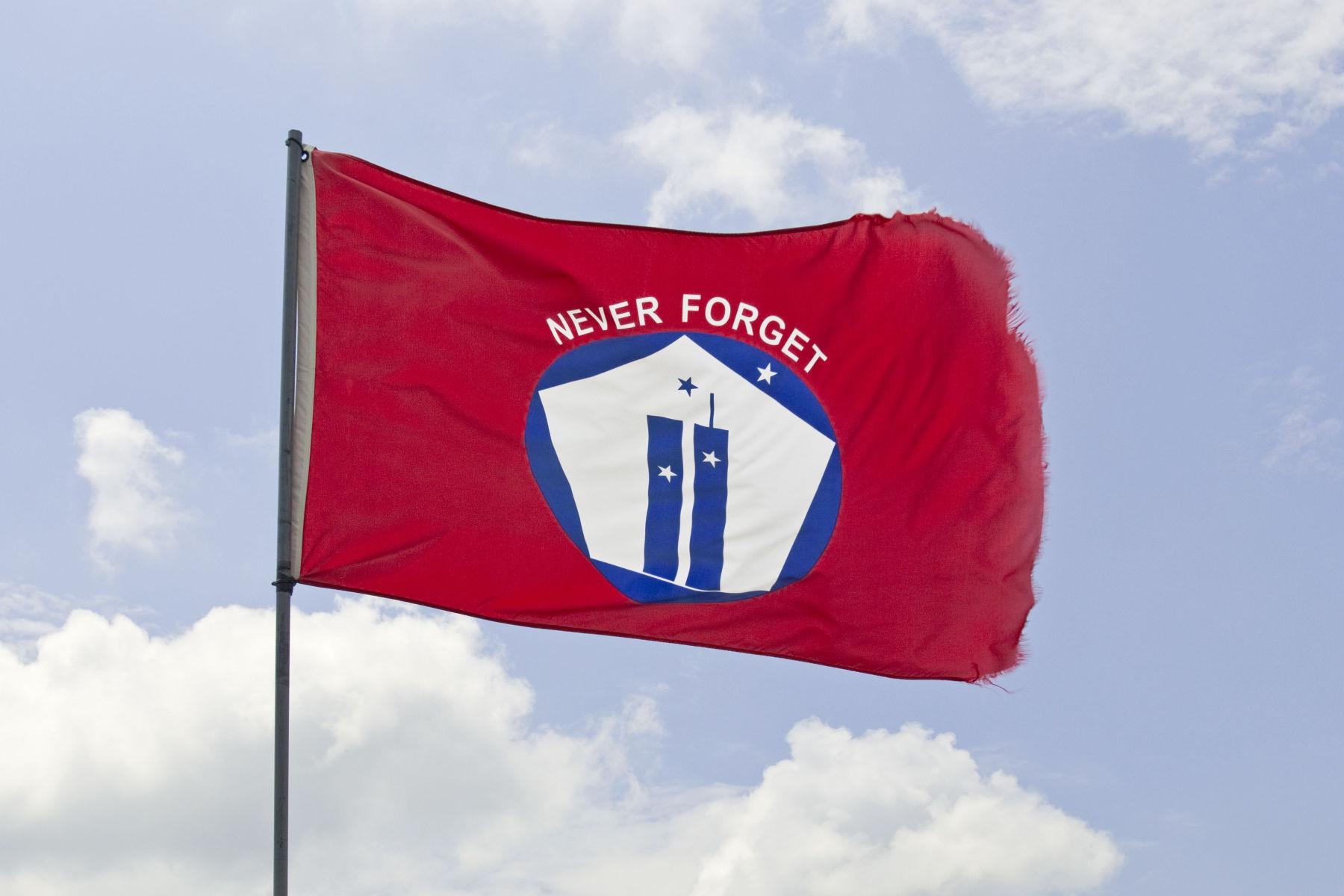
9. Fort Necessity National Battlefield
Fort Necessity National Battlefield is a historical site located in Fayette County, Pennsylvania, United States. It marks the location of the Battle of Fort Necessity, which was fought on July 3, 1754, and was one of the opening engagements of the French and Indian War.
The fort was built by British colonial forces commanded by 22-year-old George Washington.
Today, the site features a visitor center with exhibits on the battle and the broader conflict, as well as reconstructed fortifications and a walking trail.

Things To Do At Fort Necessity
Fort Necessity National Battlefield offers several activities for visitors to enjoy:
- Tour the fort: Visitors can take a self-guided tour of the fort and learn about its history and significance in the French and Indian War.
- Hike the trails: The park has several trails that provide opportunities for hiking, wildlife viewing, and scenic views.
- Attend ranger programs: Park rangers offer a variety of educational programs, including guided walks and talks, that provide insight into the history of the fort and the surrounding area.
- Visit the museum: The park has a museum that showcases artifacts and displays related to the French and Indian War and the battle at Fort Necessity.
- Picnic: There are several picnic areas located within the park that provide a peaceful and scenic setting for visitors to enjoy a meal.
- Participate in living history events: Throughout the year, the park hosts special events, such as reenactments, that provide a unique and interactive way to experience the history of the fort and the surrounding area.

More Pennsylvania National Parks
10. Friendship Hill National Historic Site
Friendship Hill National Historic Site is a historic house museum located in Point Marion, Pennsylvania. It was the home of Albert Gallatin, a Swiss-American politician and diplomat who served as the Secretary of the Treasury under Presidents Thomas Jefferson and James Madison.
Gallatin lived at Friendship Hill from 1798 to 1813, during which time he played a key role in shaping the country’s early financial policies and negotiating treaties with Native American tribes. He also used the property as a working farm and a center for cultural and political life in the region.
After Gallatin’s death, the property passed through several owners and underwent several renovations. In the mid-20th century, the National Park Service acquired the property and established it as a National Historic Site.
Today, Friendship Hill National Historic Site is a preserved example of a Federal-style mansion that reflects the life and legacy of Albert Gallatin.
Visitors can tour the restored house and grounds, learn about Gallatin’s contributions to American history, and participate in educational programs and events. The site also offers opportunities for hiking, fishing, and boating on the nearby Monongahela River.

11. Gettysburg National Military Park
One of my favorite Pennsylvania National Parks is Gettysburg National Military Park.
The Battle of Gettysburg, fought from July 1 to 3, 1863, during the American Civil War, is widely considered one of the most important battles in American history.
The battle was fought between Confederate forces under General Robert E. Lee and Union forces under General George G. Meade. The battle took place in and around the town of Gettysburg, Pennsylvania and resulted in a decisive victory for the Union army.
The significance of the Battle of Gettysburg lies in its outcome and its impact on the course of the Civil War. The Confederate defeat at Gettysburg marked the first major reversal of the war for the South and signaled a turning point in the conflict.
After the battle, General Lee’s Army of Northern Virginia was forced to retreat and was never able to mount a sustained offensive in the North again.

Additionally, the battle had far-reaching political and cultural impacts. President Abraham Lincoln delivered the Gettysburg Address at the battlefield several months later, offering a powerful and timeless statement of the principles for which the country was fighting.
The address has since become one of the most famous speeches in American history and remains a symbol of the country’s commitment to freedom and democracy.
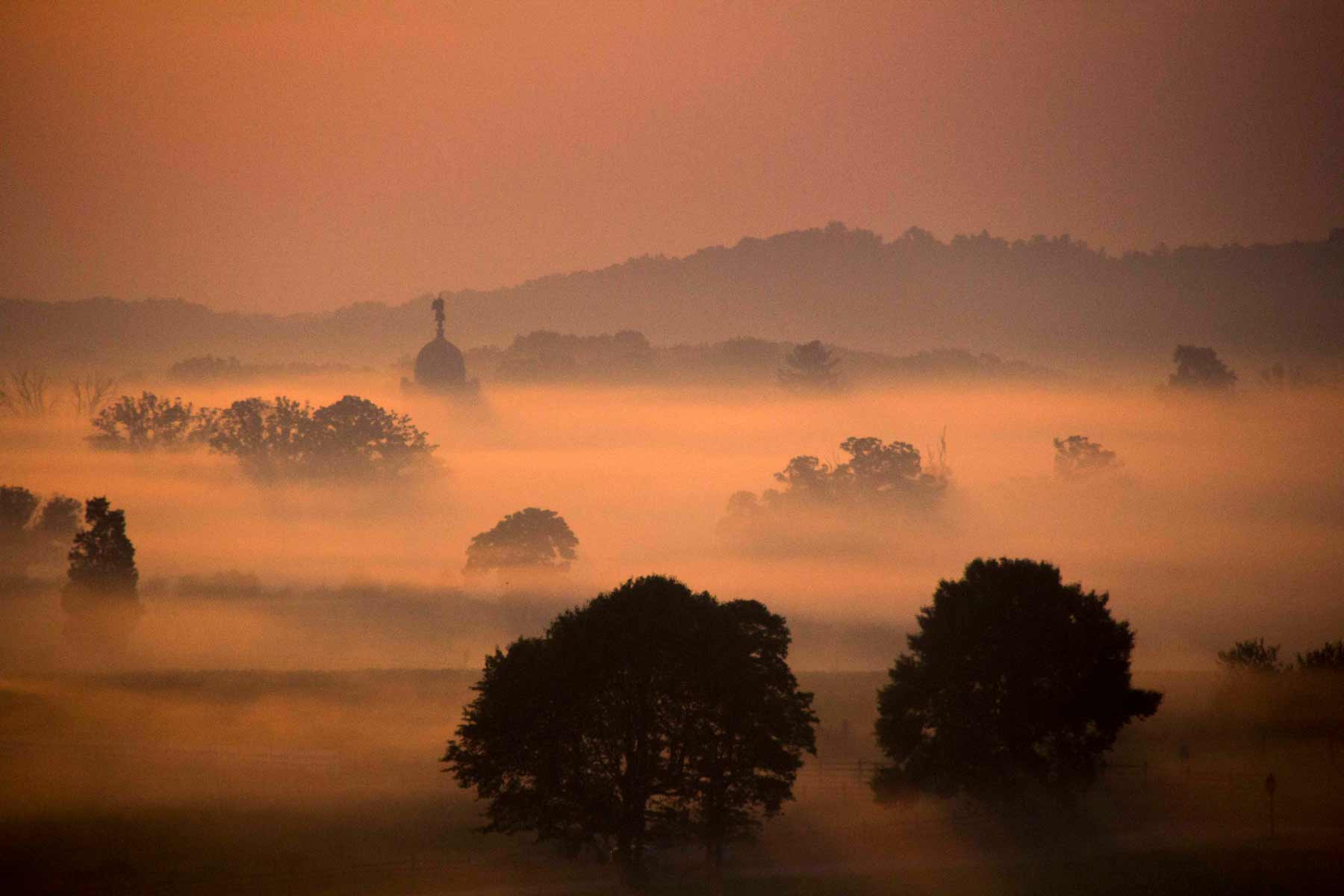
Check Out: 10 BEST Civil War Sites In America
Things To Do At Gettysburg
Gettysburg National Military Park offers a variety of activities and attractions for visitors to enjoy:
- Tour the battlefield: Visitors can take a self-guided tour of the battlefield, including stops at key locations such as Little Round Top, Pickett’s Charge, and the National Cemetery.
- Attend ranger programs: Park rangers offer a variety of educational programs, including guided walks and talks, that provide insight into the history of the battle and the significance of Gettysburg.
- Visit museums and exhibits: The park has several museums and exhibits, including the Gettysburg Museum of the American Civil War, that showcase artifacts, displays, and interactive exhibits related to the battle and the Civil War.
- Drive the Auto Tour: Visitors can take a scenic drive through the battlefield and stop at key locations along the way to learn more about the battle and the events that took place there.
- Hike the trails: The park has several trails that provide opportunities for hiking, wildlife viewing, and scenic views.
- Participate in living history events: Throughout the year, the park hosts special events, such as reenactments and demonstrations, that provide a unique and interactive way to experience the history of the battle and the surrounding area.
- Visit the Gettysburg National Cemetery: Visitors can pay their respects to the soldiers who fought and died at Gettysburg by visiting the National Cemetery, where more than 3,500 Union soldiers are buried.

CHECK OUT: 10 BEST Civil War Sites In America
12. Gloria Dei Church National Historic Site
One of the lesser known yet fascination Pennsylvania National Parks is the Gloria Dei National Historic Site.
Gloria Dei Church National Historic Site, also known as Old Swedes Church, is a historic church located in Philadelphia, Pennsylvania. It is one of the oldest and most historic churches in the United States, having been built by Swedish settlers in the early 1700s.
The church was built in the Swedish colonial style and reflects the cultural and religious heritage of the Swedish settlers who founded the colony of New Sweden in the Delaware River Valley. The church was used for religious services for over 200 years and is a testament to the enduring influence of the Swedish settlement in the region.
The significance of Gloria Dei Church lies in its status as a rare surviving example of colonial architecture and its connection to the early history of the United States. The church is a unique expression of the cultural and religious heritage of the Swedish settlers and is one of the few remaining examples of the colonial-era churches in the country.
Today, Gloria Dei Church is a museum and a National Historic Site, where visitors can tour the restored church, learn about its history and significance, and experience the rich cultural heritage of the Swedish settlers in the Delaware River Valley.
The church also offers opportunities for special events and community activities and serves as a symbol of the enduring contributions of the Swedish settlers to the history and culture of the United States.

13. Hopewell Furnace National Historic Site
Hopewell Furnace National Historic Site showcases an early American industrial landscape from natural resource extraction to enlightened conservation.
It’s a historic iron-making furnace located in Elverson, Pennsylvania. Hopewell was established in the late 1700s and was in operation for nearly 100 years, producing iron for a variety of uses, including agricultural tools, household goods, and military supplies.
The significance of Hopewell Furnace lies in its role as a leading producer of iron during the Industrial Revolution and as a testament to the early history of American industry and innovation. The furnace was one of the earliest and most advanced iron-making facilities in the country and was at the forefront of technological innovations in iron production, including the use of anthracite coal and the development of the reverberatory furnace.
Additionally, Hopewell Furnace was an important center of social and cultural life in the region, providing jobs and housing for workers and their families. The furnace village was a thriving community that reflected the broader patterns of American settlement and growth during the 19th century.
Today, Hopewell Furnace is a preserved example of an early American industrial complex and a National Historic Site, where visitors can tour the restored furnace and grounds, learn about the history of iron production and early American industry, and experience the rich cultural and social history of the region.
The site also offers opportunities for hiking, bird-watching, and other outdoor activities in the surrounding area.

14. Independence Hall National Historical Park
As a retired history teacher and lifelong history buff, if I could only pick one of the Pennsylvania National Parks to visit it would be Independence Hall National Historical Park.
Independence Hall National Historical Park is the site of the signing of the Declaration of Independence in 1776 and the framing of the U.S. Constitution in 1787.
It was originally built as the Pennsylvania State House in the mid-1700s and played a central role in the American Revolution as the birthplace of American independence.

A Symbol Of American Independence
The significance of Independence Hall lies in its status as a symbol of American independence and democracy and as a central venue for the events that shaped the early history of the United States.
The building is one of the most important and iconic landmarks of the American Revolution and a symbol of the nation’s commitment to freedom, equality, and democratic governance.
Today, Independence Hall is a National Historical Park and a UNESCO World Heritage Site, where visitors can tour the restored building and grounds, learn about the history of the American Revolution and the early years of the United States, and experience the rich cultural and historical heritage of the region.
The park offers a variety of educational and interpretive programs, including guided tours, ranger-led activities, and special events, that provide insight into the history of the building and its role in the American Revolution.
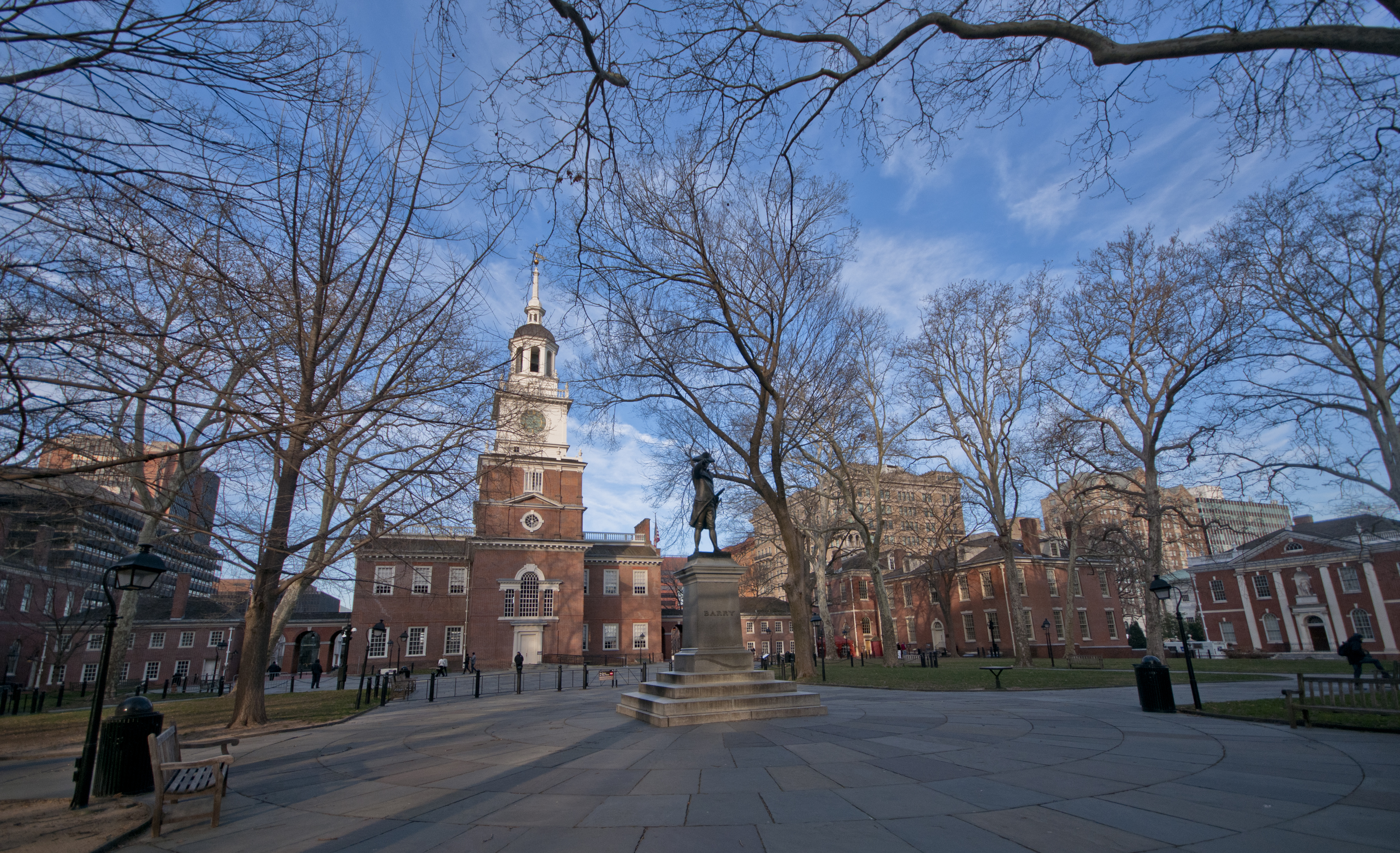
CHECK OUT: 10 BEST Revolutionary War Sites In America
For Anyone Who Loves History There’s No Place Quite Like It
For anyone who loves history (and even for those folks who don’t) this is one of the most exciting historical tours. At Independence Hall, visitors learn the stories about the people and events which shaped America.
There’s an old saying that goes, “If this place could only talk.” Well, at Independence Hall, it can talk as the stories come to life about the unique history of a very special place which brought together an amazing group of men who produced not one, but two of the most important documents in the history of the world.
If you’re interested in learning about the men responsible for drafting and ratifying the Declaration of Independence then I recommend: The Signers of the Declaration of Independence: Collected Biographies by L. Carroll Judson.
If you’re interested in learning more about the Constitutional Convention of 1787 then I recommend: Decision in Philadelphia: The Constitutional Convention of 1787 by Christopher Collier.
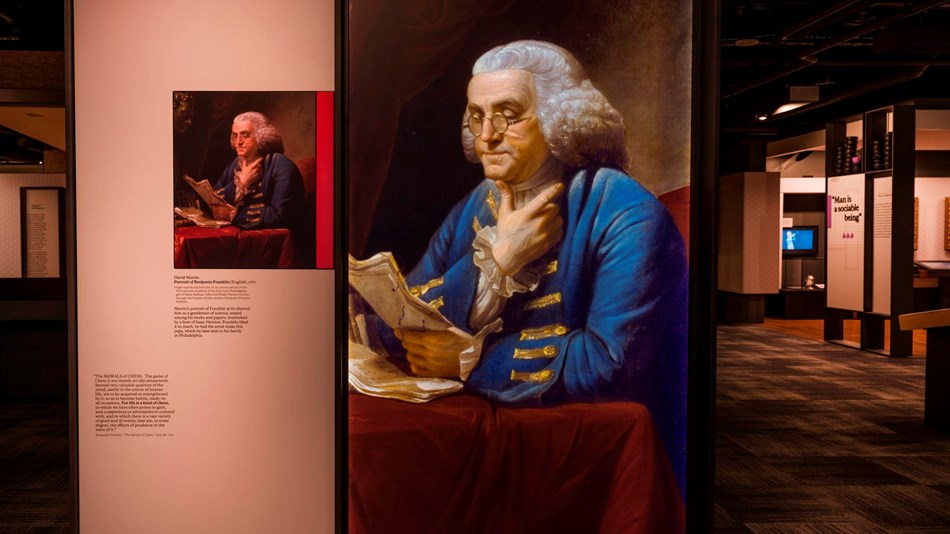
CHECK OUT: 10 BEST Revolutionary War Sites In America
Check Out Our Article On The Top 25 Historic Landmarks In America

As a matter of fact, More Than Just Parks has ranked what we consider to be the Top 25 Historic Landmarks In America. Independence Hall National Historical Park comes in at #2.
Which site did we rank as #1. Check out our article to find out.
25 Bucket List Famous Landmarks In America
15. Johnstown Flood National Memorial
The Johnstown Flood occurred on Friday, May 31, 1889, after the catastrophic failure of the South Fork Dam, located on the south fork of the Little Conemaugh River, 14 miles upstream of the town of Johnstown, Pennsylvania.
To the residents of Johnstown and many people across the nation, blame lay clearly with Andrew Carnegie, Henry Clay Frick and the other wealthy and prominent Pittsburgh businessmen who as members of the South Fork Fishing and Hunting Club owned the dam, and thus were responsible for its collapse.
The flood was caused by the failure of the South Fork Dam on the Little Conemaugh River, which led to a wall of water that swept through the city, killing over 2,000 people and causing widespread damage and destruction.
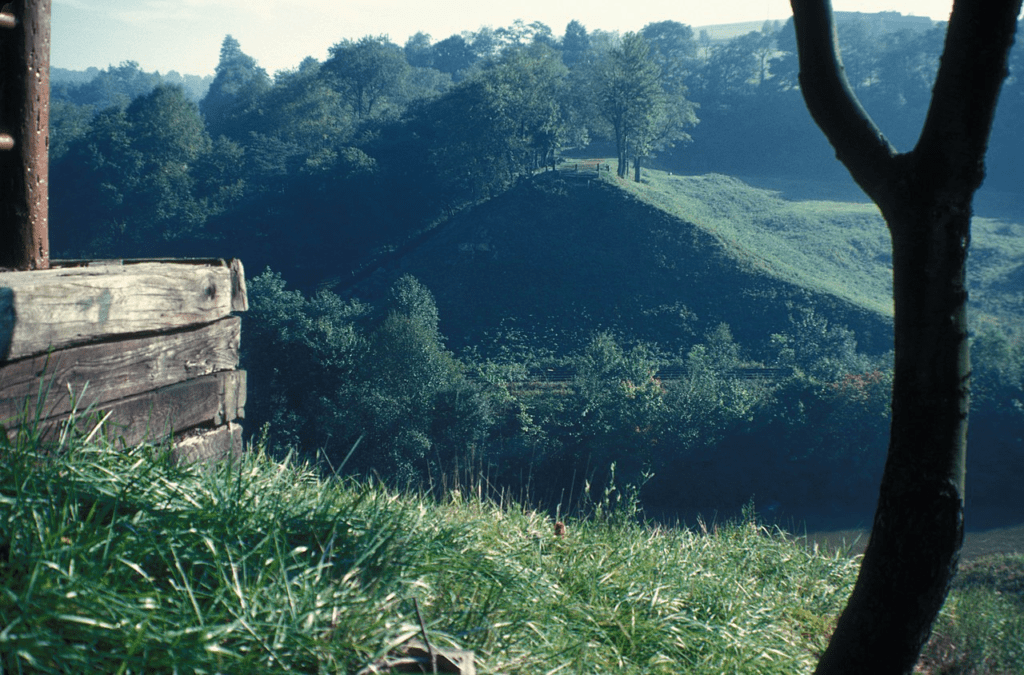
One Of The Worst Disasters In American History
The Johnstown Flood was one of the worst natural disasters in American history and had a profound impact on the people of Johnstown and the surrounding region.
In response to the tragedy, a nationwide relief effort was organized to provide aid and support to the survivors, and the city of Johnstown was eventually rebuilt.
The significance of the Johnstown Flood National Memorial lies in its role as a testament to the human spirit and resilience in the face of tragedy and adversity.
The memorial serves as a reminder of the power of nature and the importance of community and compassion in times of crisis. It is also an important site for learning about the history of the Johnstown Flood and its impact on the people of the region.

Today, the Johnstown Flood National Memorial is a preserved site that includes the remains of the South Fork Dam and the Memorial Lake, as well as a visitor center and museum that offer educational and interpretive programs about the history of the flood and its impact on the region.
Visitors can explore the site, learn about the causes and consequences of the flood, and experience the rich cultural and historical heritage of Johnstown and the surrounding area.
A fascinating account of the events surrounding the Johnston Flood is: The Johnstown Flood by award-winning author David McCullough.
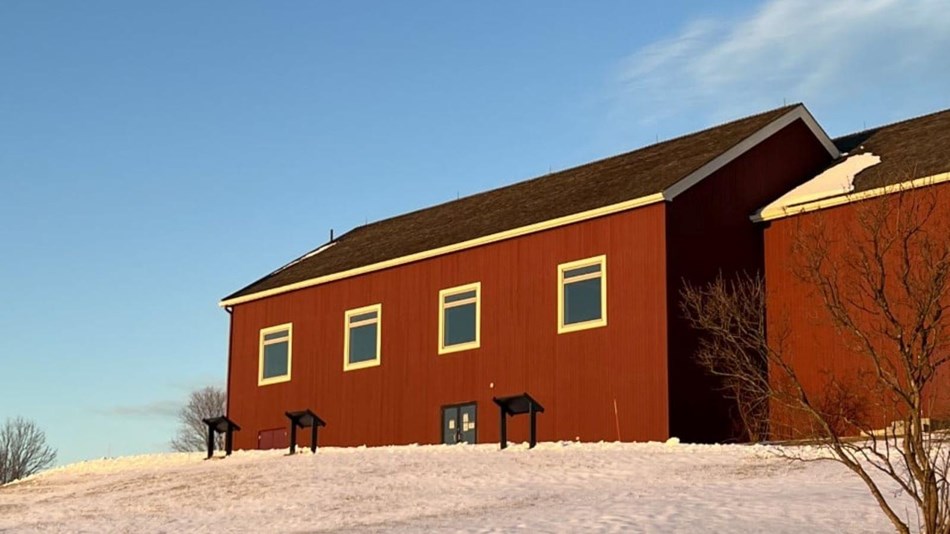
More Pennsylvania National Parks
16. Lewis & Clark National Historic Trail
The Lewis and Clark National Historic Trail follows the historic outbound and inbound routes of the Lewis and Clark Expedition.
As a retired history teacher, I get goosebumps just thinking about the Corps of Discovery and their incredible trek.
Commemorating the Lewis & Clark Expedition (1804-06), the Lewis & Clark Trail connects 16 states (Pennsylvania, Ohio, West Virginia, Kentucky, Indiana, Illinois, Missouri, Kansas, Nebraska, Iowa, South Dakota, North Dakota, Montana, Idaho, Washington and Oregon).
The trail is administered by the National Park Service. It’s not a hiking trail, but does provide opportunities for hiking, boating and horseback riding at many locations along the route.
It’s a great opportunity to see the USA while learning about the brave men (and one woman) who weren’t able to make the journey in an air-conditioned SUV.
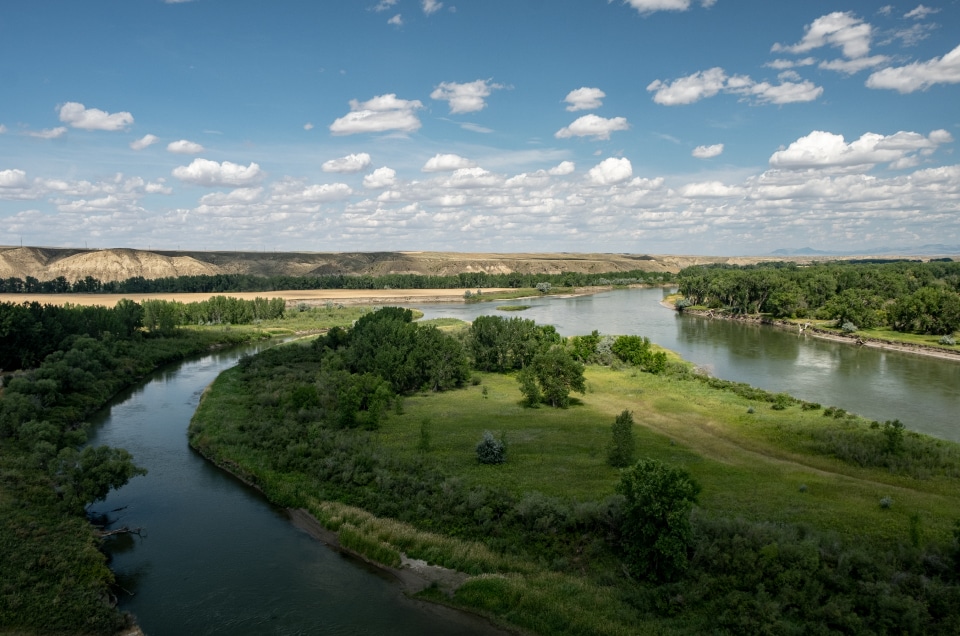
17. North Country National Scenic Trail
The North Country National Scenic Trail is a 4,600-mile long trail that runs through seven states in the northern United States, from New York to North Dakota.
The trail is one of the longest of the 11 National Scenic Trails in the United States and is known for its diverse landscapes and scenic views.
It traverses a range of natural environments, including forests, prairies, wetlands, and lakes, and offers visitors the opportunity to experience the beauty and diversity of the northern American landscape. The trail also provides access to a variety of recreational opportunities, including hiking, camping, fishing, and bird-watching.
The significance of the North Country National Scenic Trail lies in its role as a unique and comprehensive trail system that showcases the natural and cultural heritage of the northern United States. The trail provides opportunities for outdoor recreation, environmental education, and cultural discovery, and serves as a symbol of the rich history and natural resources of the region.
Today, the North Country National Scenic Trail is managed by the National Park Service and maintained by a network of volunteer organizations and partners.
The trail is open to the public and offers a variety of recreational and educational opportunities for visitors, including guided hikes, ranger-led activities, and special events. The trail is also an important resource for local communities and serves as a source of economic and cultural benefits for the region.
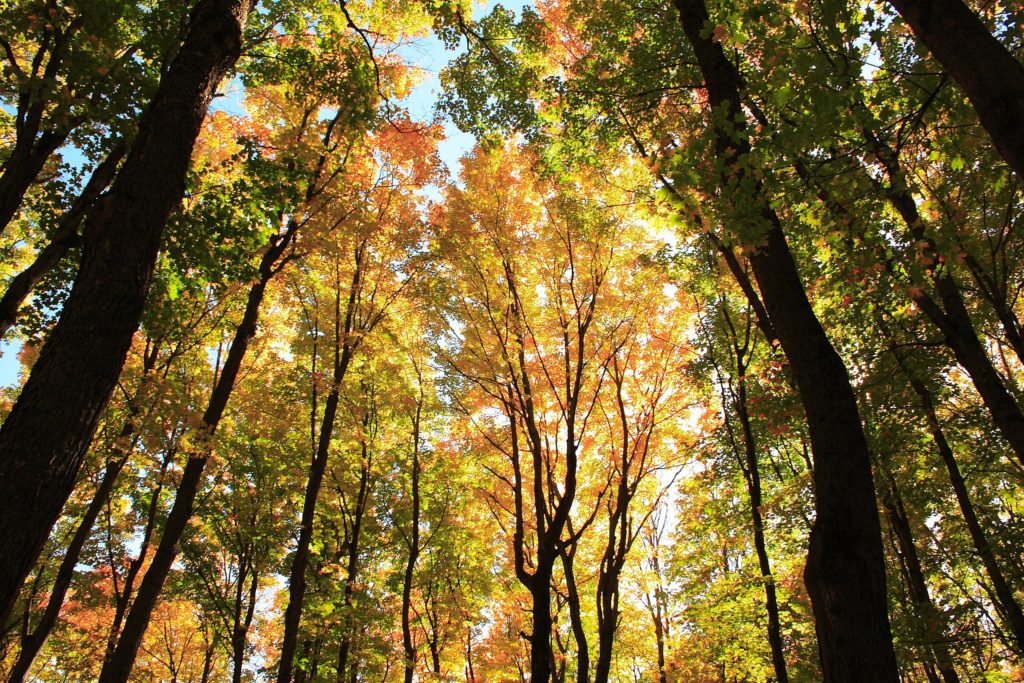
18. Potomac Heritage National Scenic Trail
Imagine a trail that has something for everyone. History, nature, recreation, wildlife, biking, hiking, paddling or just enjoying a quiet getaway for the hustle and bustle of an urban world.
On the Potomac Heritage National Scenic Trail you can find your own special outdoor adventure. It’s another of the truly remarkable Pennsylvania National Parks.
19. Steamtown National Historic Site
Before there was oil there was coal. And before there was coal there was steam. While Thomas Newcomen is credited with building the first steam engine, it was James Watt whose modern steam engine kick-started the entire Industrial Revolution.
The significance of the steam engine is that it was a way to turn heat into motion. With this ingenious device, we could now use fuel instead of wind, water or muscle power.
At Steamtown National Historic Site you will learn the history of steam railroad transportation, and the people who built, repaired and rode, as we work to preserve a special era in America’s industrial history.
Things to do include:
- Discovering the history of steam locomotives and the anthracite railroads by watching a wonderful 18-minute orientation film “Steel and Steam.”
- Browsing through a fascinating History Museum.
- Exploring the Roundhouse and getting an up close and personal look at the rolling stock.
- Taking a ride on the seasonal short train or longer train excursions for the ultimate hands on Steamtown experience.
Still More Pennsylvania National Parks
20. Thaddeus Kosciuszko National Memorial
The Thaddeus Kosciuszko National Memorial is located in Philadelphia, Pennsylvania and is dedicated to the memory of Thaddeus Kosciuszko, a Polish-born military engineer and hero of the American Revolution.
The memorial is located in the historic neighborhood of Society Hill and is the only National Park Service site dedicated to a foreign-born military officer who served in the American Revolution.
Thaddeus Kosciuszko was born in Poland in 1746 and trained as a military engineer in Europe. He came to America in 1776 and quickly became a respected and valuable member of the Continental Army. He served as the chief engineer of several important fortifications and played a key role in the victories at Saratoga and West Point. After the war, Kosciuszko returned to Poland, where he continued to fight for independence and freedom.
Today, the Thaddeus Kosciuszko National Memorial is a preserved site that offers visitors the opportunity to learn about the life and legacy of Thaddeus Kosciuszko and the history of the American Revolution.
The site is open to the public and offers a variety of educational and interpretive programs, including ranger-led activities, guided tours, and special events, that provide insight into the history of the American Revolution and the role of Thaddeus Kosciuszko in the struggle for independence.
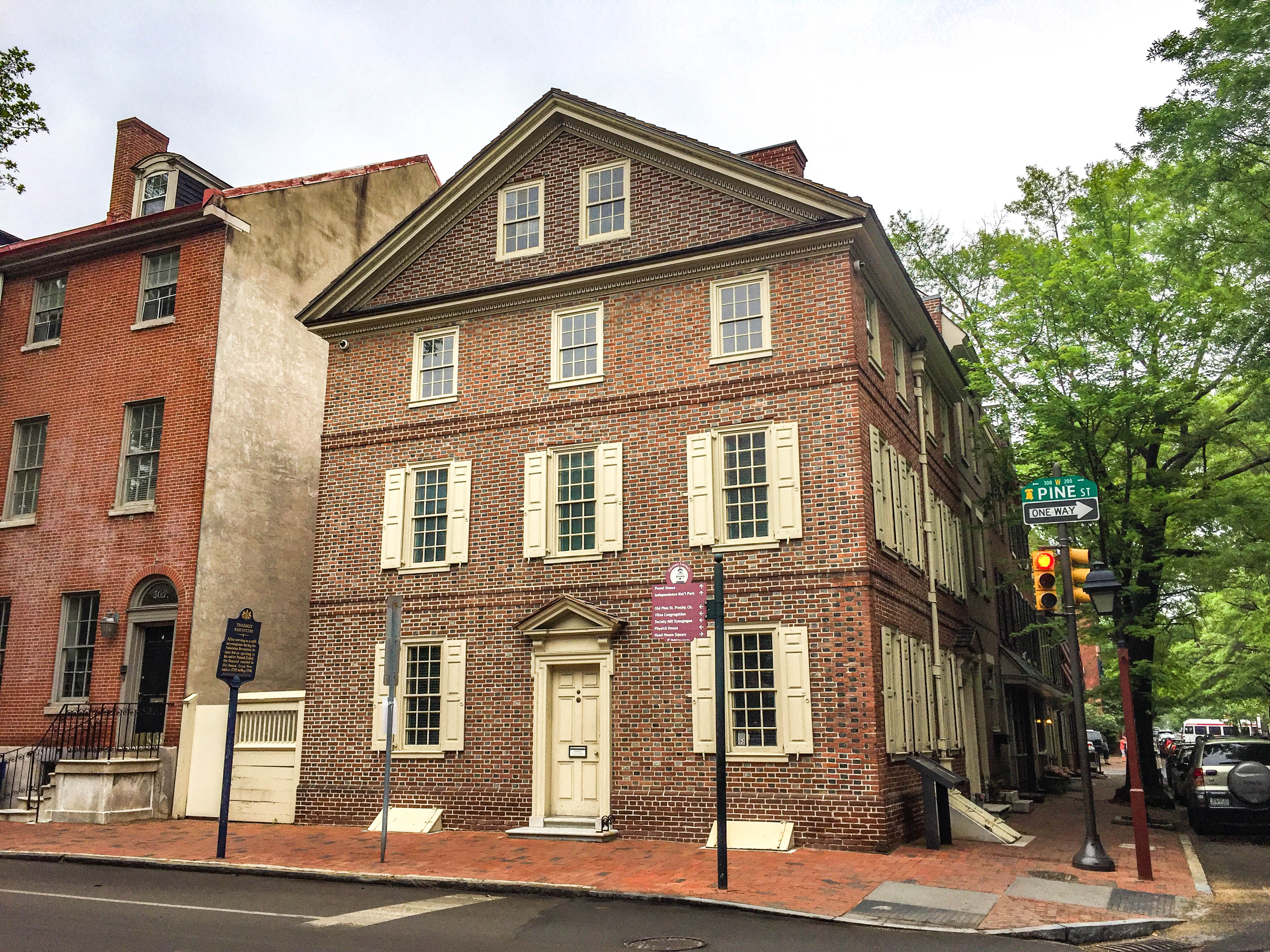
21. Valley Forge National Historical Park
Valley Forge National Historical Park is located in Pennsylvania and commemorates the encampment of the Continental Army under the command of General George Washington during the American Revolution.
The park is located on the site of the former encampment and encompasses over 3,500 acres of rolling hills, forests, and meadows.
In the winter of 1777-1778, the Continental Army suffered through a difficult and trying encampment at Valley Forge. Despite the harsh conditions, Washington and his troops persevered and emerged from Valley Forge stronger and more determined than ever.
The encampment at Valley Forge was a turning point in the American Revolution, and the Continental Army’s success there helped to lay the foundation for eventual victory in the war.

Things To Do At Valley Forge
Here are some things to do at Valley Forge National Historical Park:
- Explore the Visitor Center: Start your visit by exploring the Visitor Center, which features exhibits, videos, and artifacts that tell the story of Valley Forge.
- Take a Guided Tour: Join a guided tour to learn about the history of the park and its significance during the American Revolutionary War. Tours are available both on foot and by trolley.
- Hike or Bike: Valley Forge National Historical Park has over 30 miles of trails for hiking, biking, and horseback riding. The trails offer scenic views of the park’s historic landmarks and natural beauty.
- Visit the Encampment Site: See where George Washington and his troops camped during the winter of 1777-1778. There are reconstructed log cabins and a replica of a soldiers’ hut, as well as monuments and memorials.
- Check out the Artillery Park: Visit the Artillery Park to see historic cannons and learn about the role of artillery in the American Revolution.
- Picnic: Bring a picnic lunch and enjoy one of the park’s many picnic areas. Some of the picnic areas are located near playgrounds, making them a great option for families.
- Fishing: The park’s streams and rivers are home to a variety of fish species, including trout, bass, and catfish. A Pennsylvania fishing license is required.
- Wildlife Viewing: The park is home to a variety of wildlife, including deer, foxes, and birds. Bring binoculars and a camera for the best views.
- Enjoy the Scenery: Take a leisurely drive or walk through the park to enjoy the beautiful scenery, including rolling hills, forests, and meadows.
Check Out: 10 BEST Revolutionary War Sites In America
22. Washington-Rochambeau Revolutionary Route National Historic Trail
The Washington-Rochambeau Revolutionary Route National Historic Trail is a 730-mile trail that follows the route taken by the French army under the command of General Jean-Baptiste Donatien de Vimeur, comte de Rochambeau, and the American army under the command of General George Washington during the American Revolution.
The trail stretches from Newport, Rhode Island to Yorktown, Virginia and passes through cities, towns, and rural areas in seven states in the Northeastern United States.
The Washington-Rochambeau Revolutionary Route National Historic Trail was established to commemorate the important role that the French army played in the American Revolution. The alliance between France and the American colonies was instrumental in securing American independence, and the French army’s contributions on the battlefield and logistical support were crucial to the success of the American Revolution.
Today, the Washington-Rochambeau Revolutionary Route National Historic Trail is a preserved site that offers visitors the opportunity to experience the history of the American Revolution and learn about the friendship between France and the United States.
The trail is open to the public and offers a variety of recreational and educational opportunities, including hiking, cycling, and driving tours, ranger-led activities, guided tours, and special events, that provide insight into the history of the American Revolution and the role of the French army in the struggle for independence.
Check Out Our Film – National Parks A Love Story
We set out to create this film at the request of NPS & Interior to capture the feeling of our own love story with America’s National Parks. For us, our National Parks are more than sacred places.
For us, they are a hallowed ideal which represents the very best our country has to offer its people.
It is this fundamental idea that we, as Americans, can pass the legacy of our most treasured landscapes from one generation to the next unmarred by man’s ever-growing footprint which motivates us to celebrate the beauty of these special places.
Pennsylvania National Parks FAQ
The most visited state park in Pennsylvania is Presque Isle State Park, which gets more than 4.5 million visitors a year. Rounding out the top three are Pymatuning State Park, with about 3.7 million annual visitors, and Prince Gallitzin State Park, with approximately 2 million visitors a year.
The following is a list of must-see historic sites in Pennsylvania:
Independence National Historical Park
Gettysburg National Military Park
Valley Forge National Historical Park
Eisenhower National Historic Site
Flight 93 National Memorial
Edgar Allen Poe National Historic Site
Fort Necessity National Battlefield
Thaddeus Kosciuszko National Memorial
Hopewell Furnace National Historic Site
Allegheny Portage Railroad National Historic Site
Johnston Flood Museum
Washington Crossing Historic Park
Erie Maritime Museum
Fort Ligonier
Duquesne Incline
Why Trust Us About Pennsylvania National Parks?
We’re Jim Pattiz and Will Pattiz, collectively known as the Pattiz Brothers (and sometimes the Parks Brothers) and we absolutely LOVE the national parks.
You should probably know that we don’t just make this stuff up out of thin air. We’ve spent our entire adult lives exploring and filming America’s national parks and public lands.
We’ve worked with the National Park Service, the Department of Interior, USDA, and the U.S. Forest Service for years creating films on important places and issues. Our work has been featured in leading publications all over the world and even some people outside of our immediate family call us experts on the national parks.
Meet The Parks Brothers
Map Of Pennsylvania National Parks
List of the Pennsylvania National Parks
- Allegheny Portage Railroad National Historic Site
- Appalachian National Historic Trail
- Captain John Smith Chesapeake National Historic Trail
- Chesapeake Bay Watershed
- Delaware Water Gap National Recreation Area
- Edgar Allen Poe National Historic Site
- Eisenhower National Historic Site
- Flight 93 National Memorial
- Fort Necessity National Battlefield
- Friendship Hill National Historic Site
- Gettysburg National Military Park
- Gloria Dei Church National Historic Site
- Hopewell Furnace National Historic Site
- Independence National Historical Park
- Johnston Flood National Memorial
- Lewis & Clark National Historic Trail
- North Country National Scenic Trail
- Potomac Heritage National Scenic Trail
- Steamtown National Historic Site
- Thaddeus Kosciuszko National Memorial
- Valley Forge National Historical Park
- Washington-Rochambeau Revolutionary Route National Historic Trail
We Hope You’ll Follow Our Journey
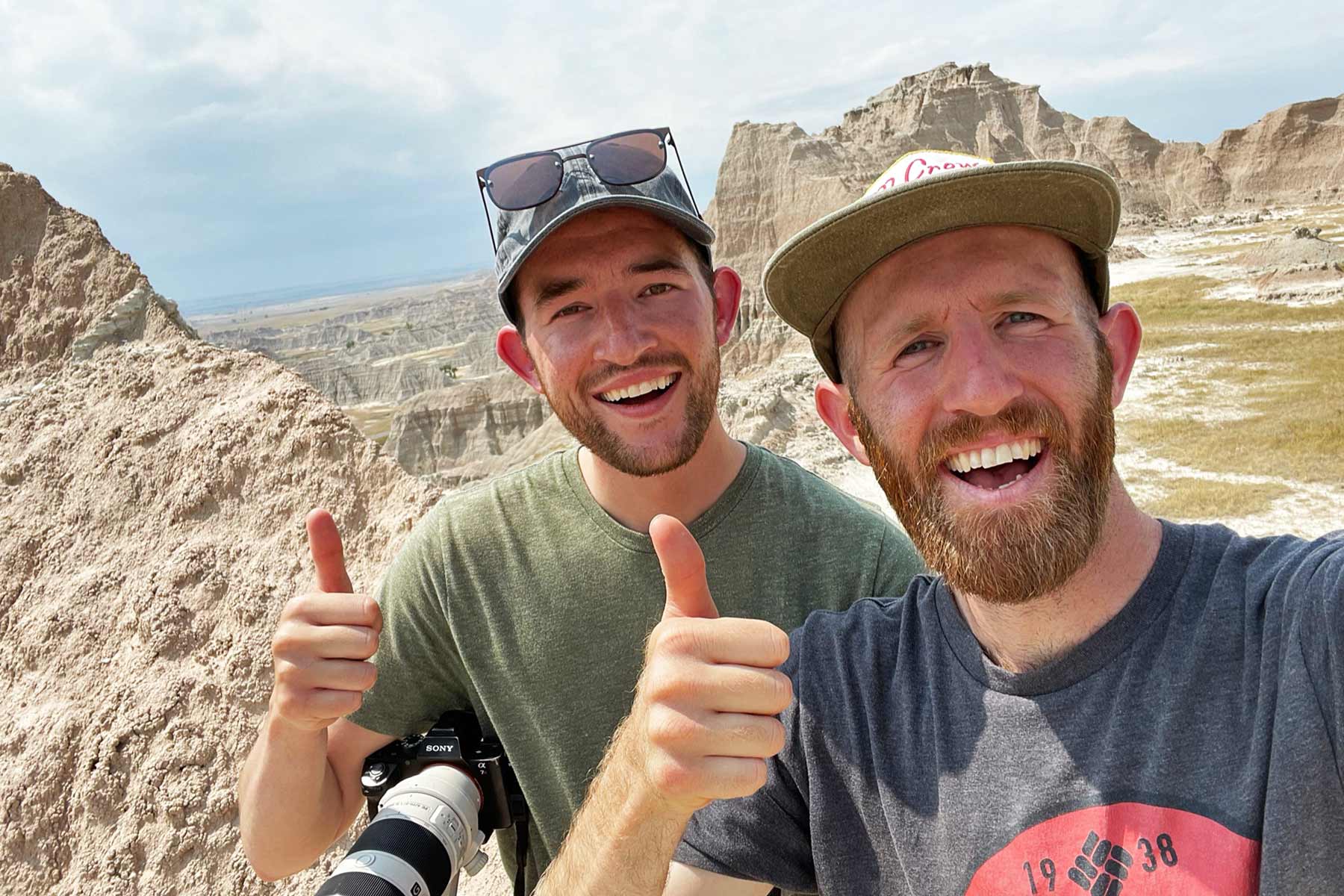
Our goal here at More Than Just Parks is to share the beauty of America’s national parks and public lands through stunning short films in an effort to get Americans and the world to see the true value in land conservation.
We hope you’ll follow our journey through the parks and help us to keep them the incredible places that they are. If you’re interested in joining the adventure then please sign up below!
Pin the Pennsylvania National Parks


Pennsylvania National Parks, pa national parks, national parks pennsylvania, national park sites pennsylvania, national parks in pennsylvania, Pennsylvania National Parks, pa national parks, national parks pennsylvania, national park sites pennsylvania, national parks in pennsylvania,Pennsylvania National Parks, pa national parks, national parks pennsylvania, national park sites pennsylvania, national parks in pennsylvania, Pennsylvania National Parks, pa national parks, national parks pennsylvania, national park sites pennsylvania, national parks in pennsylvania,Pennsylvania National Parks, pa national parks, national parks pennsylvania, national park sites pennsylvania, national parks in pennsylvania,
Helpful Articles
Free Downloadable National Parks Map: LIST & MAP of National Parks By State (+ Printable Checklist)
Best Civil War Sites: 10 BEST Civil War Sites in America (Expert Guide + Photos)
Virginia National Parks: 30 EPIC Virginia National Parks Worth Visiting (Helpful Guide + Photos)
Pennsylvania National Parks: 22 EPIC Pennsylvania National Parks Worth Visiting (Guide + Photos)
Maryland National Parks: 27 EPIC Maryland National Parks Worth Visiting (Helpful Guide + Photos)
Mississippi National Parks: 9 EPIC Mississippi National Parks Worth the Visit (Helpful Guide + Photos)
Arkansas National Parks: 7 EPIC Arkansas National Parks (Helpful Guide + Photos)
Massachusetts National Parks: 18 SURPRISING MASSACHUSETTS NATIONAL PARKS (+ Photos)

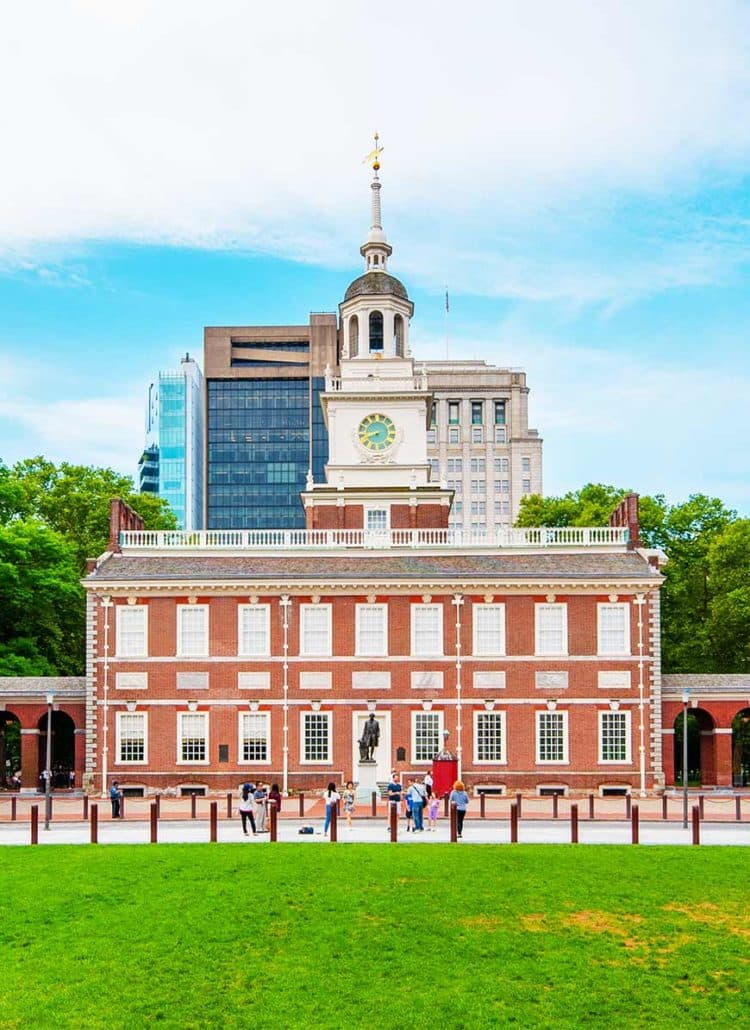
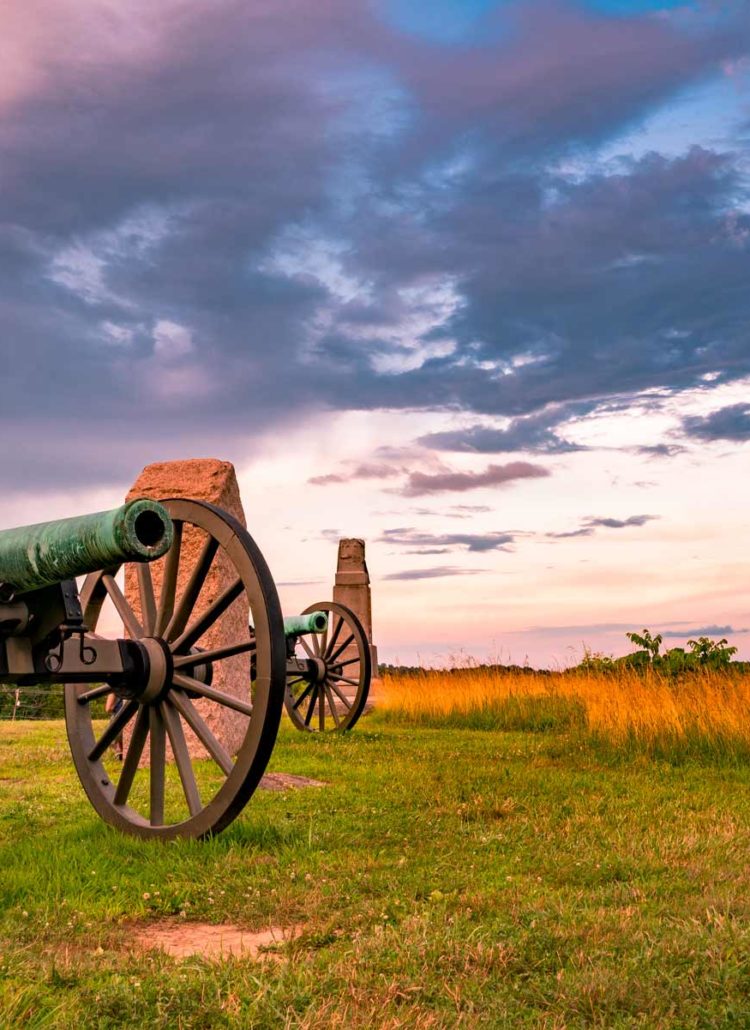

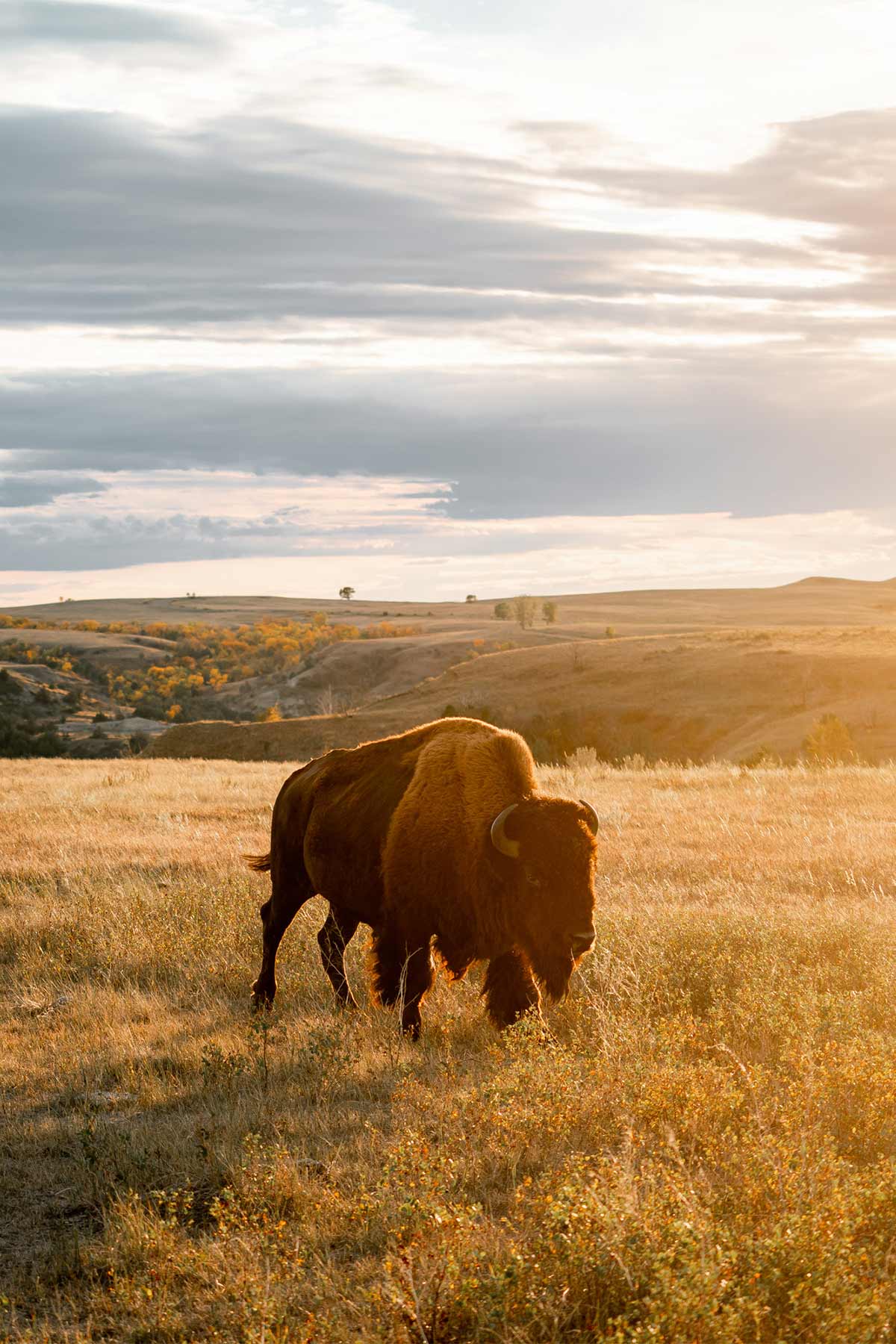
Leave a Reply